Data modeling is a critical technique used to document a software system using Entity-Relationship Diagrams (ERDs). These diagrams provide a
Continue reading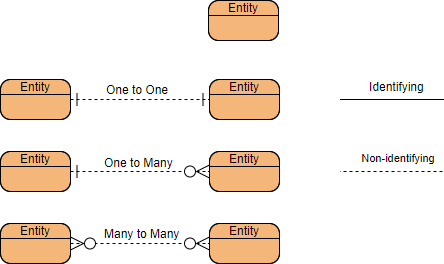
Learning one new thing everyday


Data modeling is a critical technique used to document a software system using Entity-Relationship Diagrams (ERDs). These diagrams provide a
Continue readingEntity-Relationship Diagrams (ERDs) are essential tools in database design, providing a visual representation of data models at different levels of
Continue reading
Introduction Transiting from a Conceptual or Logical Entity-Relationship Diagram (ERD) to a Physical ERD is a critical step in database
Continue reading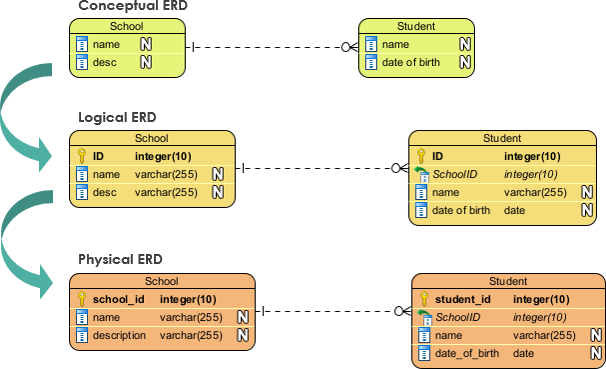
Introduction An Entity-Relationship Diagram (ERD) is a visual representation of the data model for a system, illustrating the entities, their
Continue reading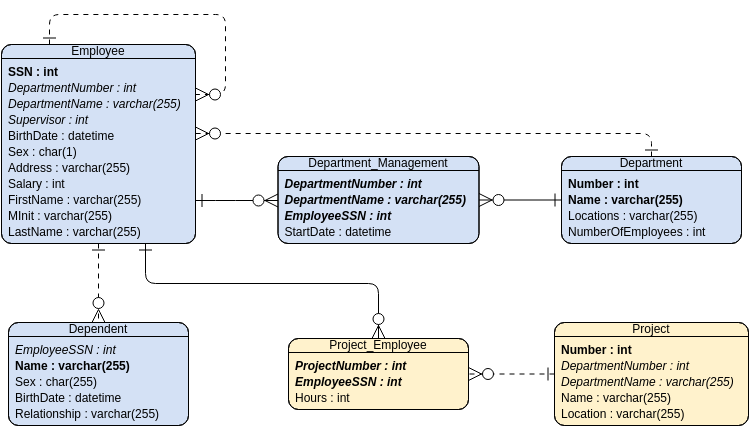
Introduction An Employee Management System (EMS) is a critical tool for organizations to manage their workforce efficiently. This system helps
Continue reading
Introduction In the realm of software development and database design, having the right tools can significantly enhance productivity and ensure
Continue reading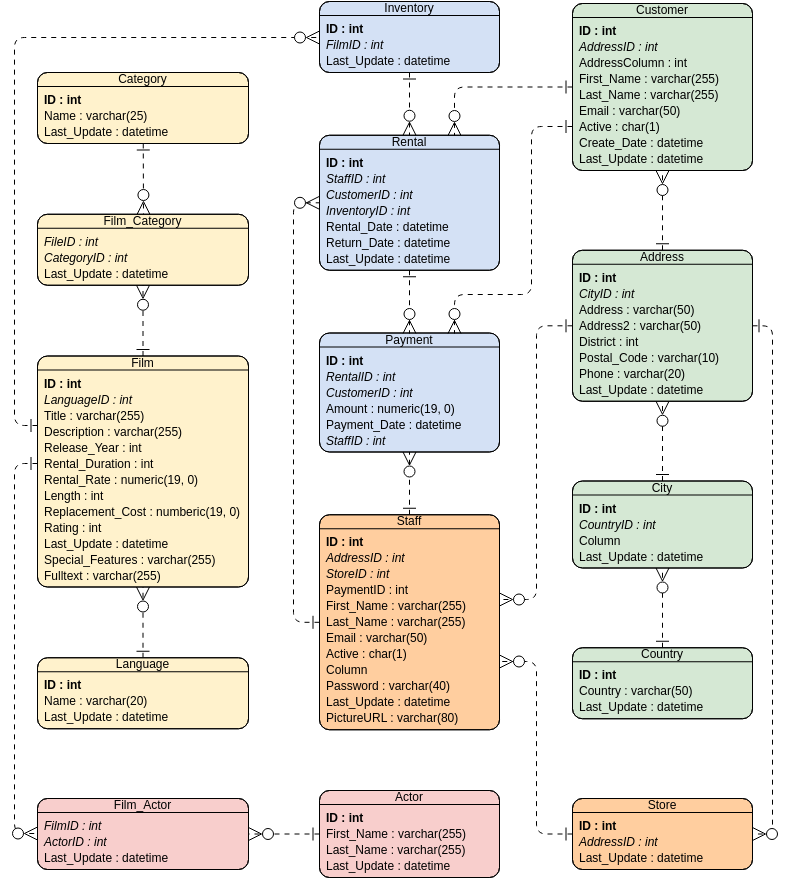
Introduction Entity-Relationship Diagrams (ERDs) are essential tools in database design and software engineering. They provide a visual representation of the
Continue reading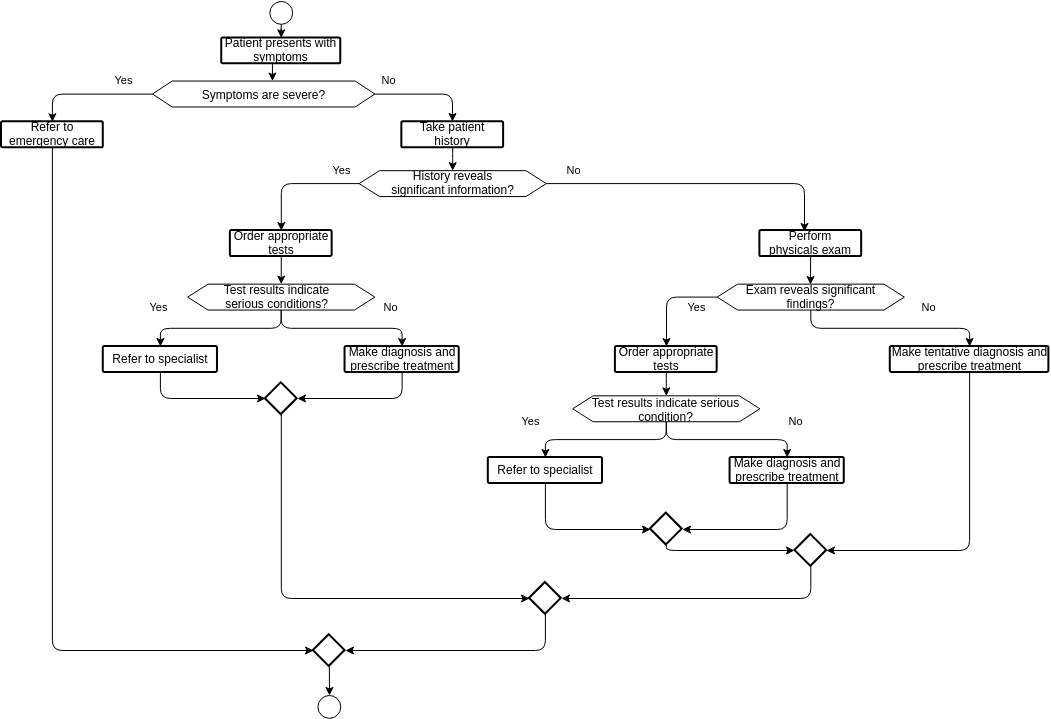
Introduction In the fast-paced and critical environment of healthcare, efficient and accurate medical diagnosis is paramount. One of the most
Continue reading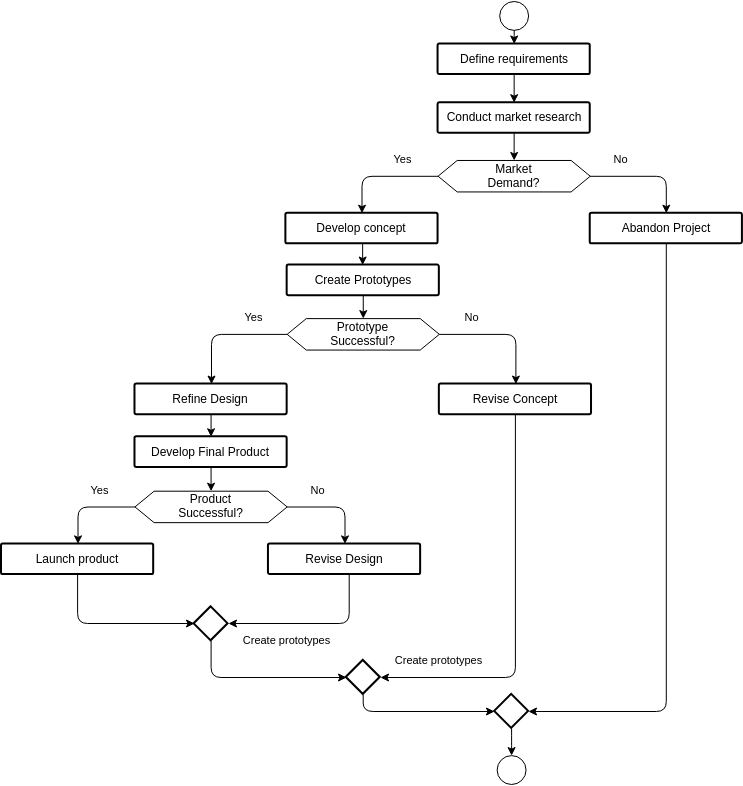
Introduction In the dynamic world of product development, efficiency, collaboration, and quality are paramount. One of the most effective tools
Continue reading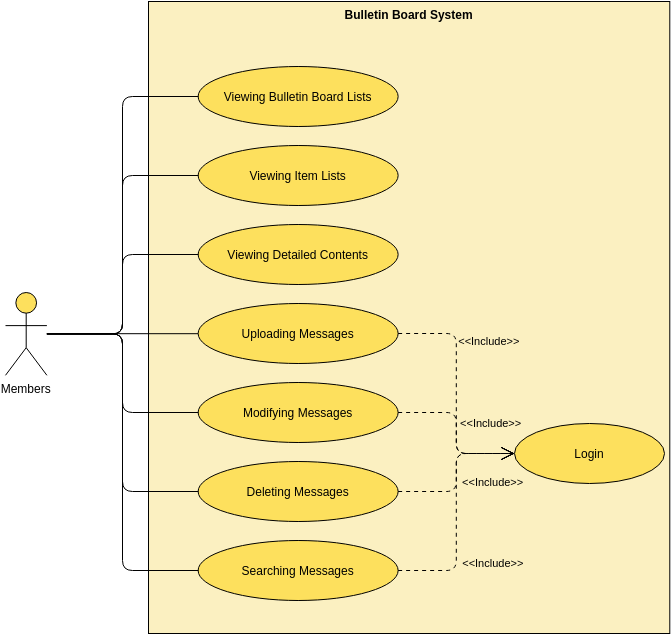
Introduction Use Case Diagrams are a fundamental tool in software engineering and systems analysis, used to capture and model the
Continue reading